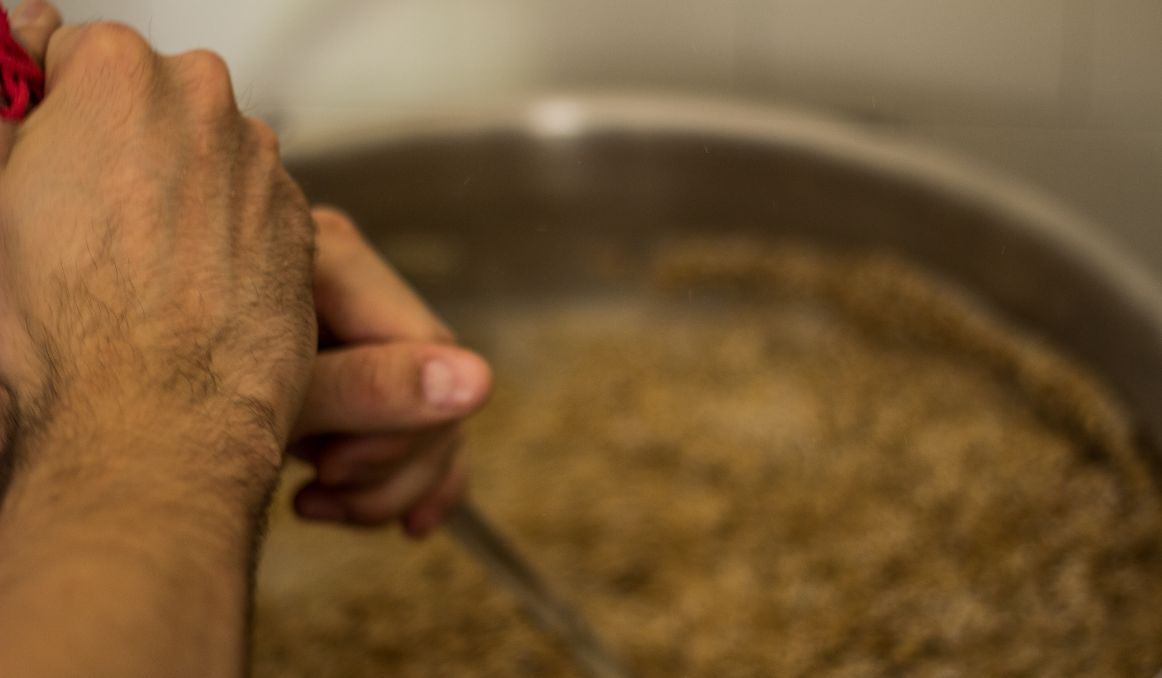How to Check Yeast Viability for Proper Fermentation
Fermentation is the most critical aspect of brewing, as all master brewers know. Proper fermentation means your malt is property cracked to allow for maximum sugar release, your wort is ready to welcome the yeast, and your yeast is viable. It is this last piece that can be the trickiest, and without proper lab equipment, you simply cannot know for sure if your yeast is viable.
Sure, once upon a time in the 1500s, brewers merely boiled and steeped their grain, added hops, and then added yeast and hoped for the best. The beer was not always consistently flavored or colored, or even safe. But it was typically safer than less than sanitary water people had access to, so beer it was!
Today, we have the ability to measure yeast properly, to check cell counts for accurate pitching, and to check for viability and vitality in yeast. These technological advances allow us to provide consistently flavored, aromatic, and hygienic beer that the consumer has come to expect.
Any small craft brewer today worth their salt is aiming for consistency every time if they hope to gain and maintain the attention of their clientele. Knowing how to check yeast viability is a big part of that consistency.
Proper Fermentation
Viable yeast is essential to proper fermentation. But what do we mean when we say “proper fermentation? You can ferment pretty much any fruit or grain, right? Indeed, monkeys in the wild wait for fruit to ripen to the point of fermentation and eat it to the point of getting inebriated.
But again, we want “proper fermentation,” which means we want roughly the same alcohol content with roughly the same product outcome every single time. So that your clientele gets the color, flavor, and aroma they expect every time.
Proper fermentation means the yeast is active. It begins eating the sugar right away, causing a ton of bubbling and agitation within 24 hours of pitching in. It means flocculation, the yeast rises to the surface of the wort and forms a crust called a “krausen.” It means that crust ultimately falls to the bottom of the fermentation tank and takes all other sediment and unwanted material with it. And all of this takes place within four days to a week. You can visibly watch proper fermentation take place, and generally count on this yeast visibility test to know your brew is complete and ready to bottle or keg.
For all of this wonderful fermentation to take place, however, you need viable and vital yeast.

Yeast Viability vs. Vitality
These terms often get interchanged, viability vs vitality, though they are actually quite different. One measures life, the other measure activity, and they have a different effect on the brewing process as well. You definitely need both, viable and vital yeast. Fortunately, an accurate measure of both will also help identify an accurate measure of the other.
Cell Count
Typically, before measuring for viability or vitality, you must measure the number of cells in your population. When you purchase brewer’s yeast, the package will tell you what cell concentration to expect. You can then perform a basic test on your yeast to ensure that cell concentration holds true. For brewing, you want dry yeast that contains 1,000 million cells per one gram, so if you pitch that 1 gram into a single liter of wort, you will get 10 million cells per ml.
You can use simple test tubes and a microscope equipment to get this measure, or you can invest in high tech equipment that makes this process much easier.
Yeast Viability
Once you’ve measured your cell count, you can check for yeast viability. When we discuss viability we are referring simply to how many of those cells you counted are alive. For brewing, you need viability of above 85% if you expect proper fermentation.
Anything less than that and it does not really matter if it is 65% or 79%. You will end up with sluggish or stuck fermentation that will cost you time and money to fix, if you can indeed fix it.
Yeast Vitality
Yeast vitality, on the other hand, refers to how active those cells are. You might have more than 85% viability in your yeast, but those cells may be sluggish, resulting in sluggish or even stuck fermentation. While yeast viability is a simple check, vitality is not always so easy to measure. One way to stay on top of vitality is to ensure you swap out your yeast at least every 30 pitches, or reculture it, to keep it fresh. Cell age has a lot to do with vitality, of course.

How to Check Yeast Viability
The best way to check yeast viability is to perform the methylene violet staining test. During this procedure, the live cells will show up clear or lightly stained pink and the dead cells, unable to extract the stain, will show up as dark pink or purplish.
From there, you can use innovative technology to get you accurate cell counts and percentages, giving you as much necessary information as possible to make decisions about whether to pitch this batch of yeast or not.
Happy Brewing
In the end, vital, viable brewer’s yeast with a high concentration of cells per gram, is easily the most important aspect of brewing, and putting a regularly scheduled lab exercise into place to check your yeast before each pitch will save you time and money on your brewing. It is small investments in your equipment and simple steps along the way that lead to a consistent brew and happy customers that keep coming back for more and spreading the word about your master crafted brew.
Passionate about the beer and/or wine making process? So are we! If you’re interested in finding out how you can use our technology to control fermentation and monitor your yeast, save work hours and improve the cost-efficiency of your business, drop us a line at [email protected] or check out our product pages:
- Oculyze BB 2.0 (Better Brewing) Yeast Cell Counter App + Hardware
- Oculyze FW (Fermentation Wine) Yeast Cell Counter App + Hardware
Also, you can now get access to a fully functional demo account to test our Web App. Completely free of charge and with no commitment to purchase.
Sources:
- J. Blake Layfield and John D. Sheppard, What Brewers Should Know About Viability, Vitality, and Overall Brewing Fitness: A Mini-Review, DOI:10.1094/tq-52-3-0719-01
- https://www.beer-brewing.com/beer_brewing/beer_brewing_yeast/yeast_viability_replacement.htm
- https://www.whitelabs.com/news-update-detail?id=53&type=NEWS
- https://www.morebeer.com/articles/Yeast_Management


